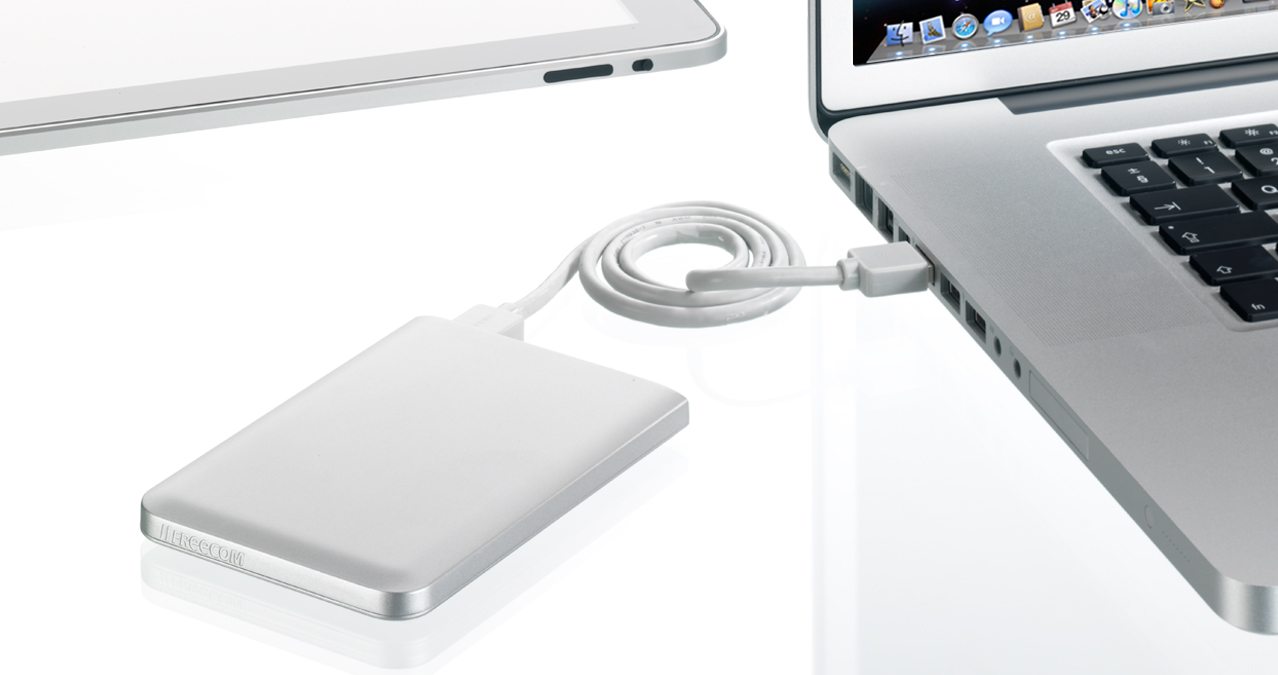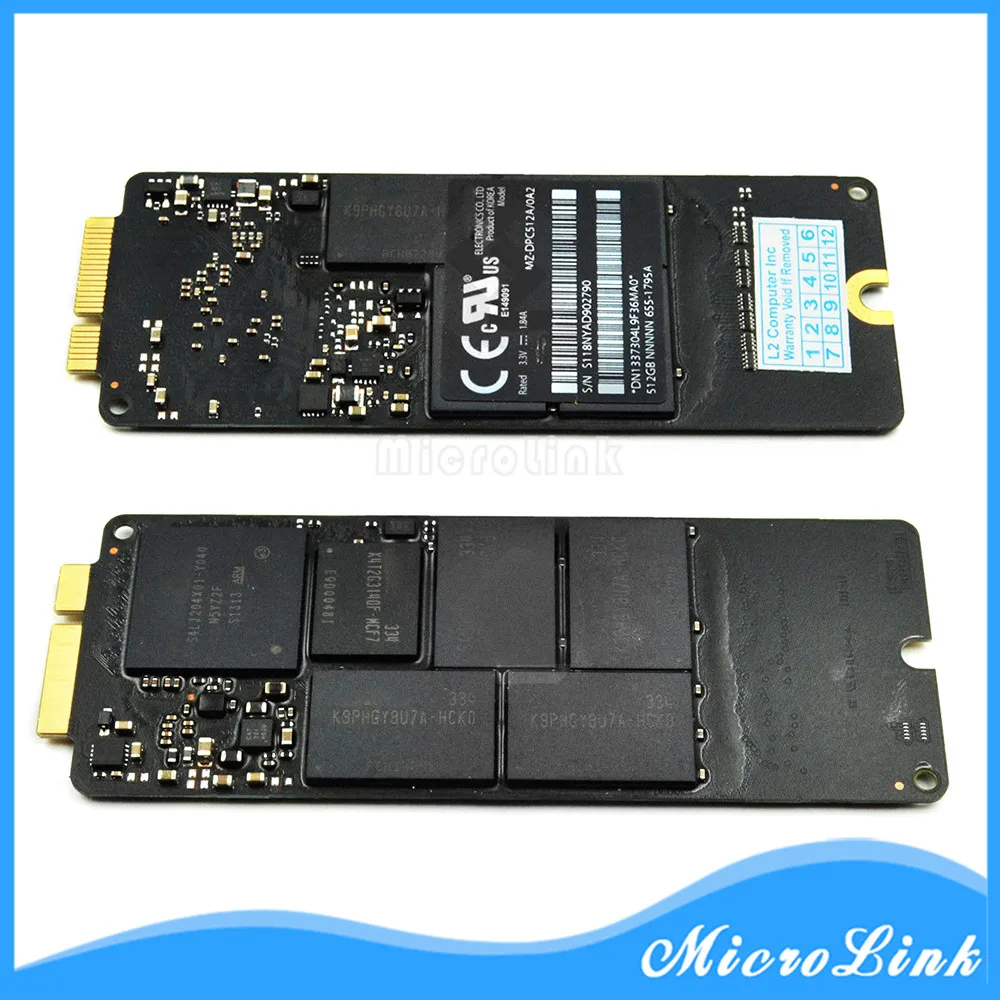

Transfers travel at max speed, across a private cloud network, with access to 300+ servers worldwide, which reduces the distance between sender and recipient.All transfers are encrypted and validated by the Trusted Partner Network - a leading content security assessment led by the Motion Picture Association.


With all that being said, my experience is most certainly happenstance. It wouldn’t even power-up - and I spent hours dredging across forums on the internet looking to find ways I can recover some data. I wasn’t able to recover anything off of the SSD. I’ve had traditional hard drives fail, but even when that happens and you don’t have a backup, I’ve had luck in recovering files. I’ve heard that SSDs are better (and for the most part that’s true), and I just thought I had nothing to worry about. Fortunately, I had some redundancy in place (more on that later) and most of my precious files were backed up. And I learned a hard lesson in that you can’t recover data on an SSD like you could on a traditional hard drive. It’s portable, lightweight, with storage space of 250 GB up to 4 TB (depending on the model you get). Indeed, a simple Google search and you’ll find the SanDisk Extreme Pro SSD highly regarded, with glowing 5-star reviews.


 0 kommentar(er)
0 kommentar(er)
